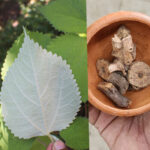
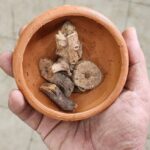
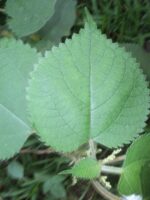
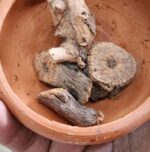


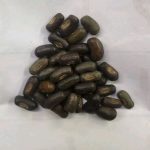
Natural La Gai Herb Dry Ramie Leaves & Dry Root Boehmeria nivea for Culinary Spice
$24.90 – $52.90Price range: $24.90 through $52.90
Dried La Gai Leaves and Roots (Boehmeria nivea) | For Vietnamese Bánh gai & Cooking
| style |
Dried Leaves 10 ,Dried Leaves 25 ,Dried Root 25g ,Dried Root 50g |
|---|
Rare Plant Which Can Found in Sri Lanka
Have you ever discovered that something you thought you knew had a completely secret identity? In the plant world, few have a double life as fascinating as Boehmeria nivea.
To most of the world, this plant is known as Ramie, one of the oldest and strongest natural fibers known to humankind. For over 6,000 years, its stalk has been transformed into lustrous, durable textiles, earning it the nickname “China Grass.” We wear it, we use it in our homes, and we admire it for its sustainable strength.
But if you mention nivea to a chef in Vietnam, you’ll get a knowing smile. Because in Vietnamese cuisine, its leaves hold a treasured secret. There, it’s not called La gei . It’s called Lá Gai, and it’s the soul of one of the country’s most beloved desserts.
Today, we’re pulling back the curtain on this amazing plant. We’ll explore its culinary magic as La Gai and uncover the traditional health benefits hidden within its leaves and roots.
A Plant of Two Worlds: The Weaver’s Friend and the Chef’s Secret
It’s crucial to understand the two faces of Boehmeria nivea to appreciate its full story.
- Ramies – The Textile Titan: As remie , the plant is cultivated for the fibrous inner bark of its stem. This fiber is incredibly strong, naturally resistant to bacteria, and creates a fabric similar to linen. It’s an ancient technology that’s finding new life in sustainable fashion.
- Lá Gai – The Culinary Star: As La Gai, it’s the leaves that are prized. These large, heart-shaped leaves are not used for fiber, but for their unique color, flavor, and texture-enhancing properties in food, especially traditional sweets.
Related
Discover more from Nath Mart
Subscribe to get the latest posts sent to your email.
You must be logged in to post a review.


SHIPPING
Shipping costs are calculated based on the selected shipping method and the destination. During the checkout process, customers will have the option to choose from various shipping methods with corresponding costs. We occasionally offer promotions with free or discounted shipping, so be sure to check for any ongoing offers. Please note that additional customs duties or taxes may apply for international shipments, and customers are responsible for these charges.
- RETURN
Upon receiving and inspecting the returned item, we will process a refund to the original payment method or offer an exchange based on your preference. Refunds typically take [X] business days to reflect in your account. Shipping costs are non-refundable, and return shipping fees may apply. If you receive a damaged or defective item, please contact us immediately, and we will arrange for a replacement or refund.
Related products
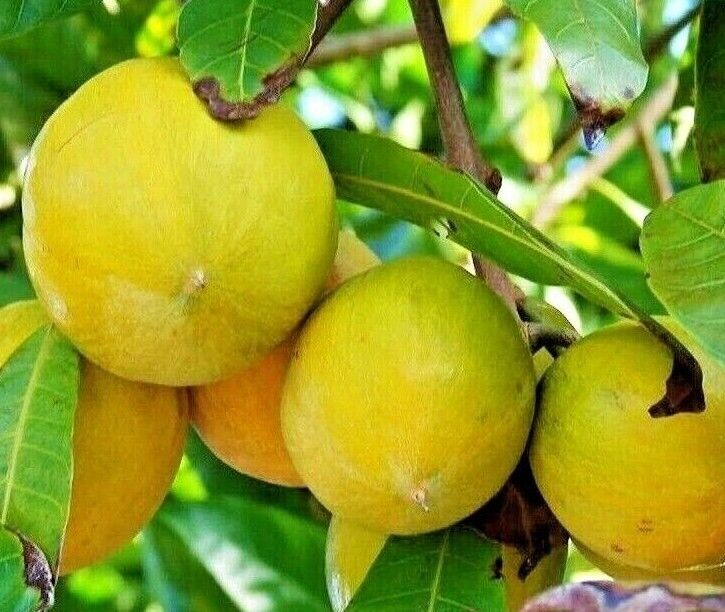

Natural Egg Fruit Dry Leaves Canistel Pouteria campechiana Bark Seeds Herbal Tea
$18.00 – $46.00Price range: $18.00 through $46.00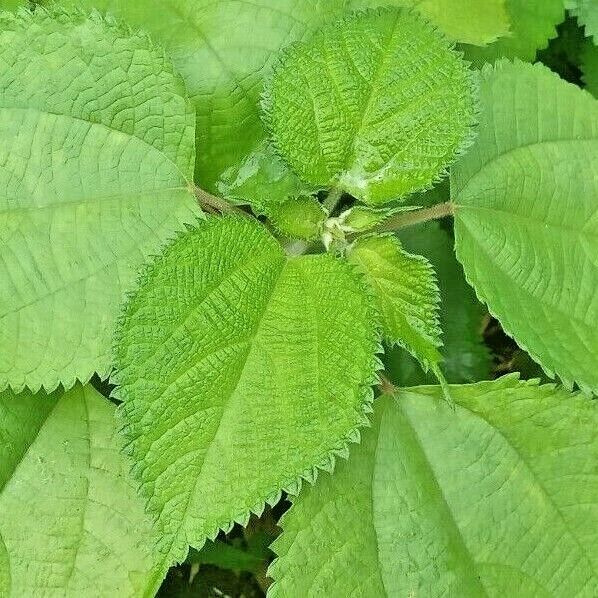

Natural Dried Tulsi Leaves Pure Organic Herb Ocimum Sanctum Holy Basil Leaves Tulsi Tea
$15.60 – $73.00Price range: $15.60 through $73.00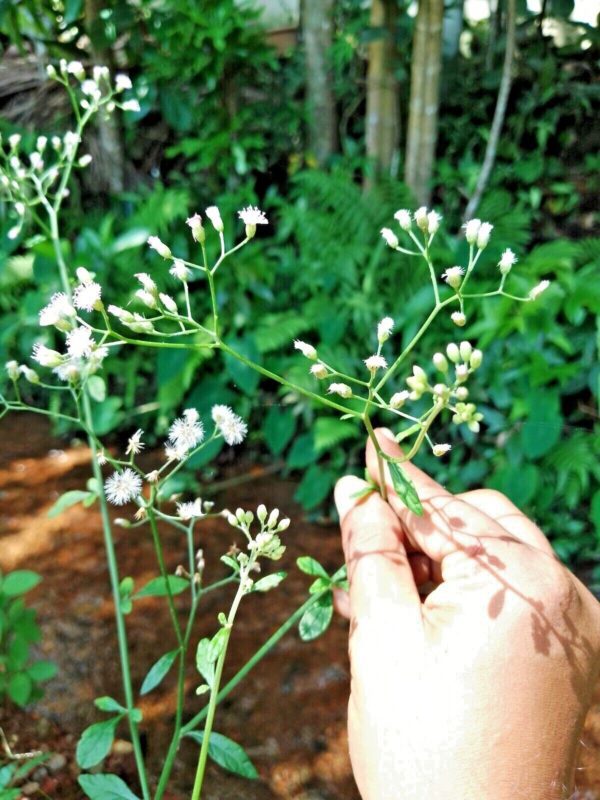
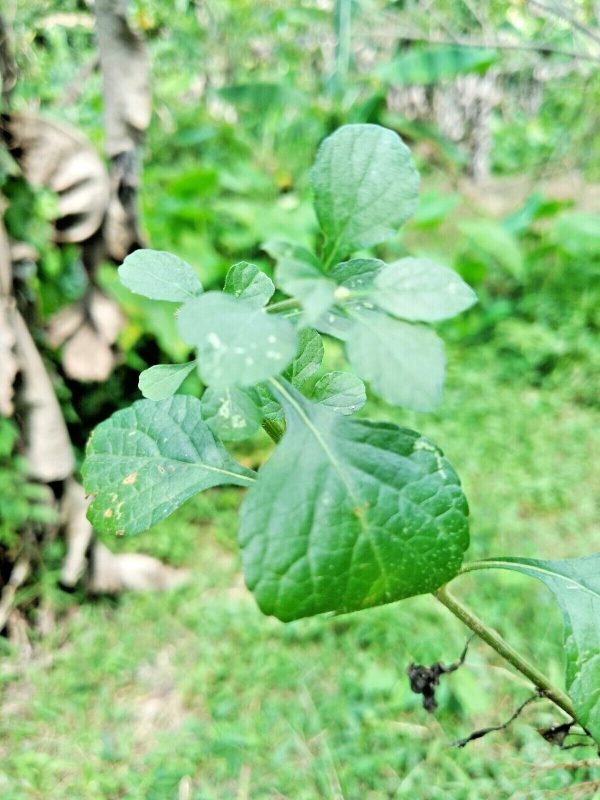
NATURAL LITTLE IRONWEED LEAVES CYANTHILLIUM CINEREUM ORGANIC Whole Plant
$11.90 – $44.00Price range: $11.90 through $44.00
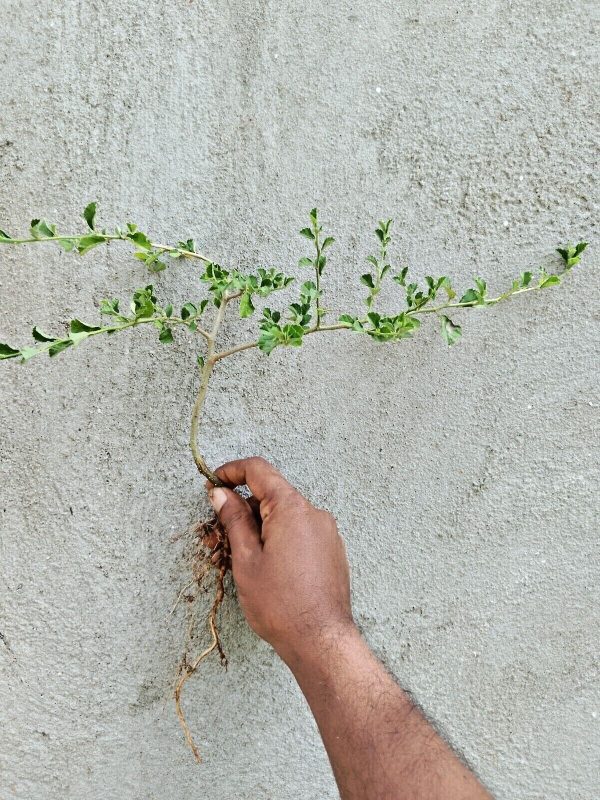
Sida Rhombifolia Natural Dried Subsp Alnifolia Leaves Root Plant – Type : Dried Whole Plant 100g
$45.00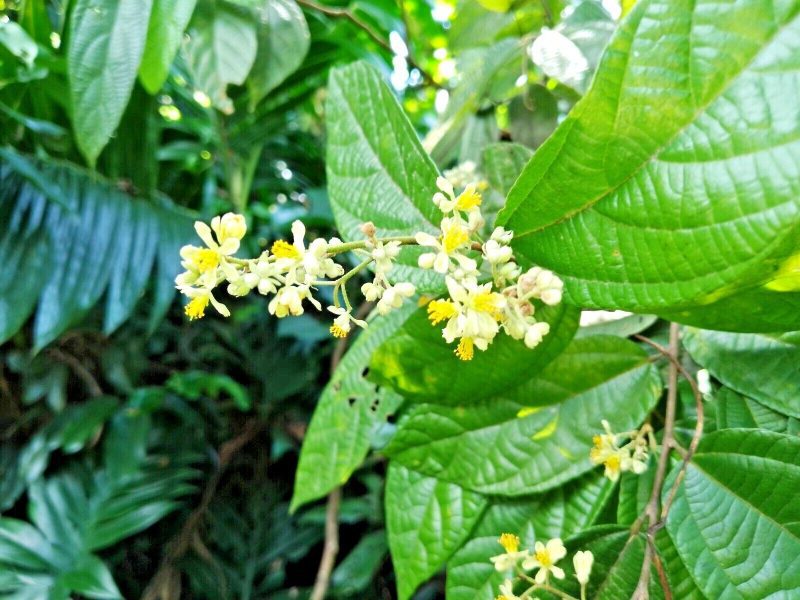

Natural Elm Tree Leaf Microcos Paniculata Dried Leaves Grewia Microcos Powder Herbal Tea
$18.00 – $48.00Price range: $18.00 through $48.00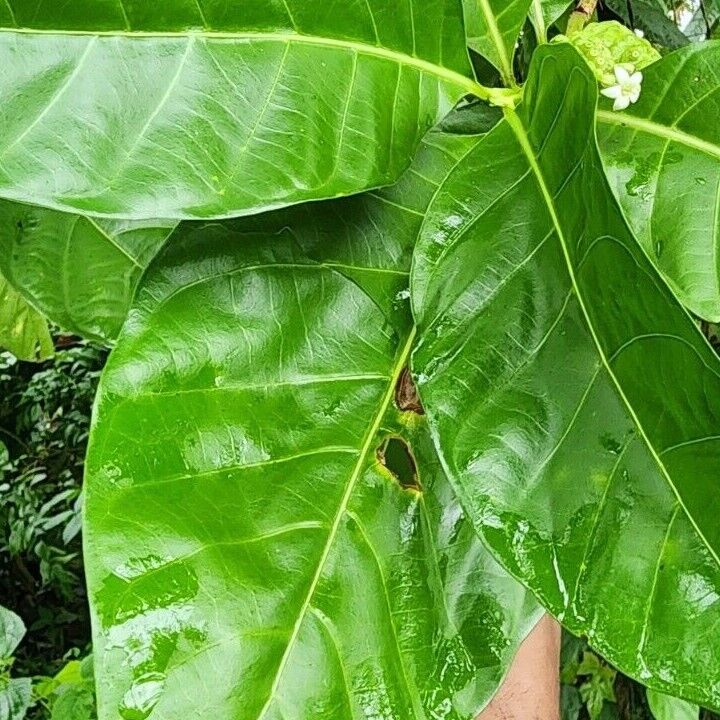
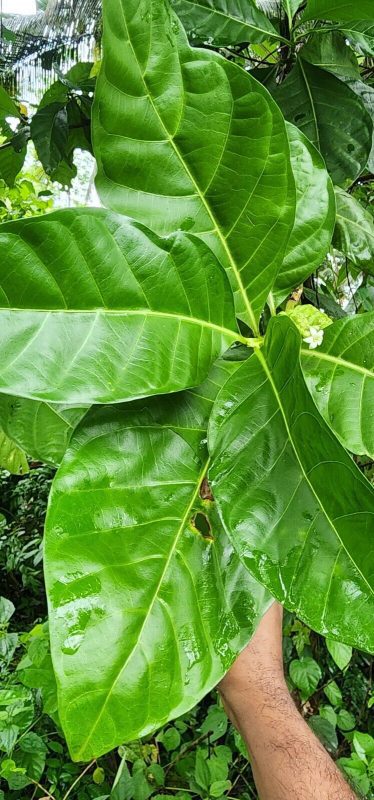
Natural Noni Fruit Morinda citrifolia Dried Leaves Indian Mulberry Leaf – Ceylon Tea
$10.90 – $49.00Price range: $10.90 through $49.00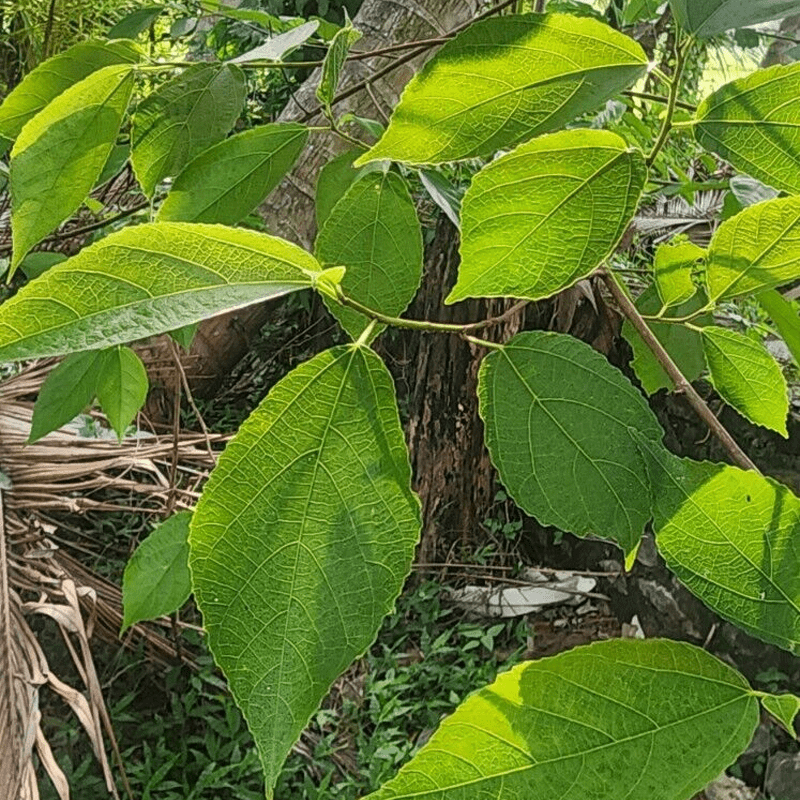
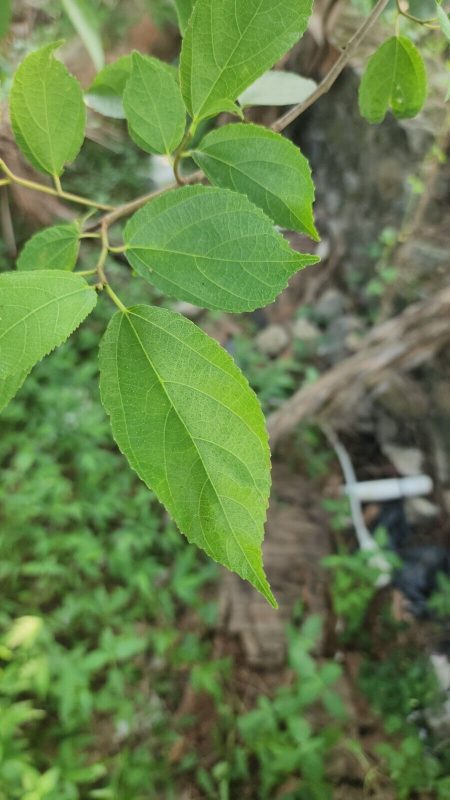

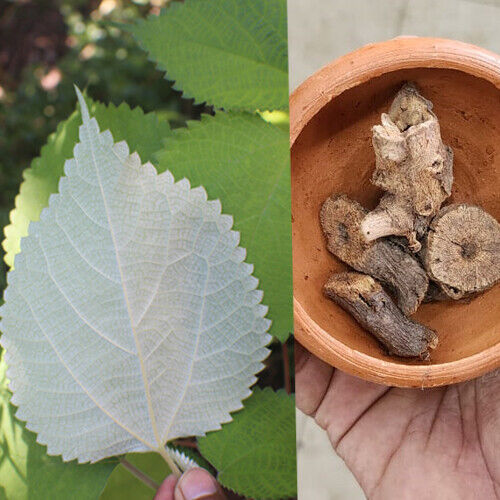
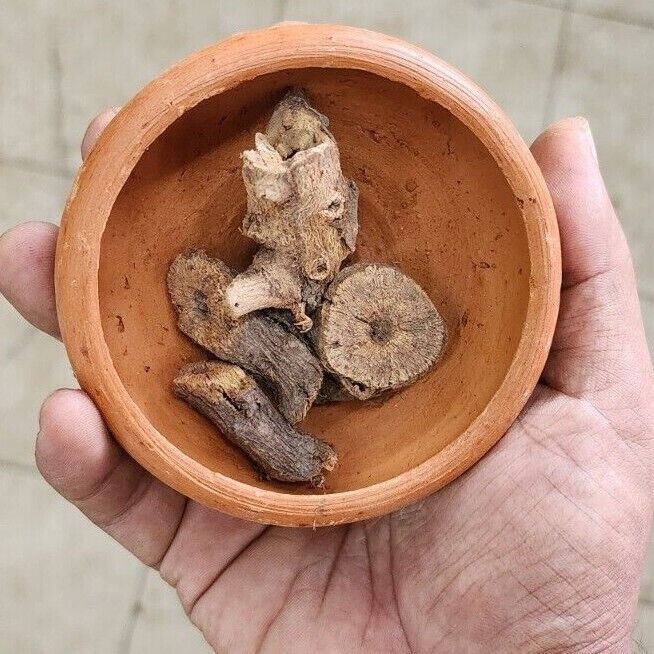

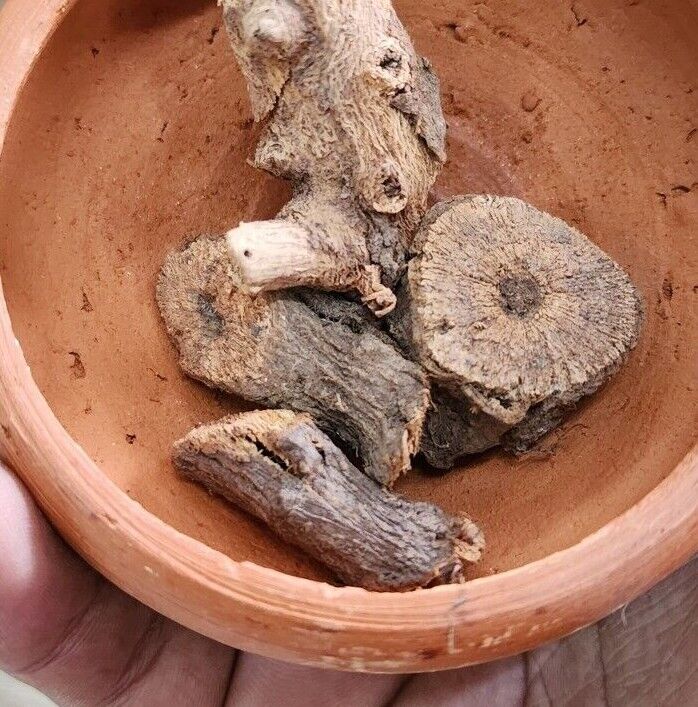
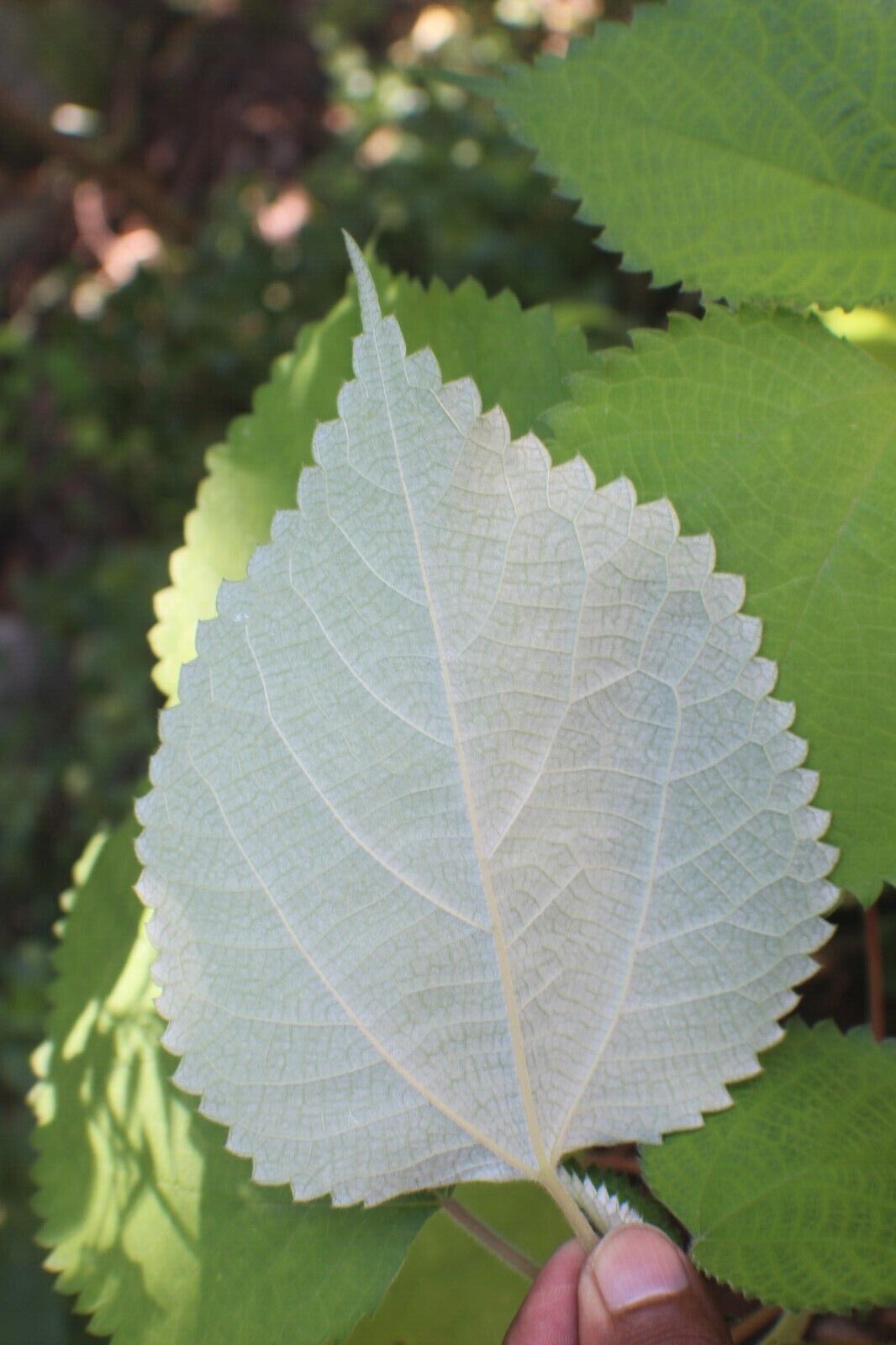

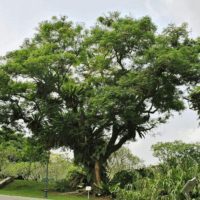
Reviews
There are no reviews yet.